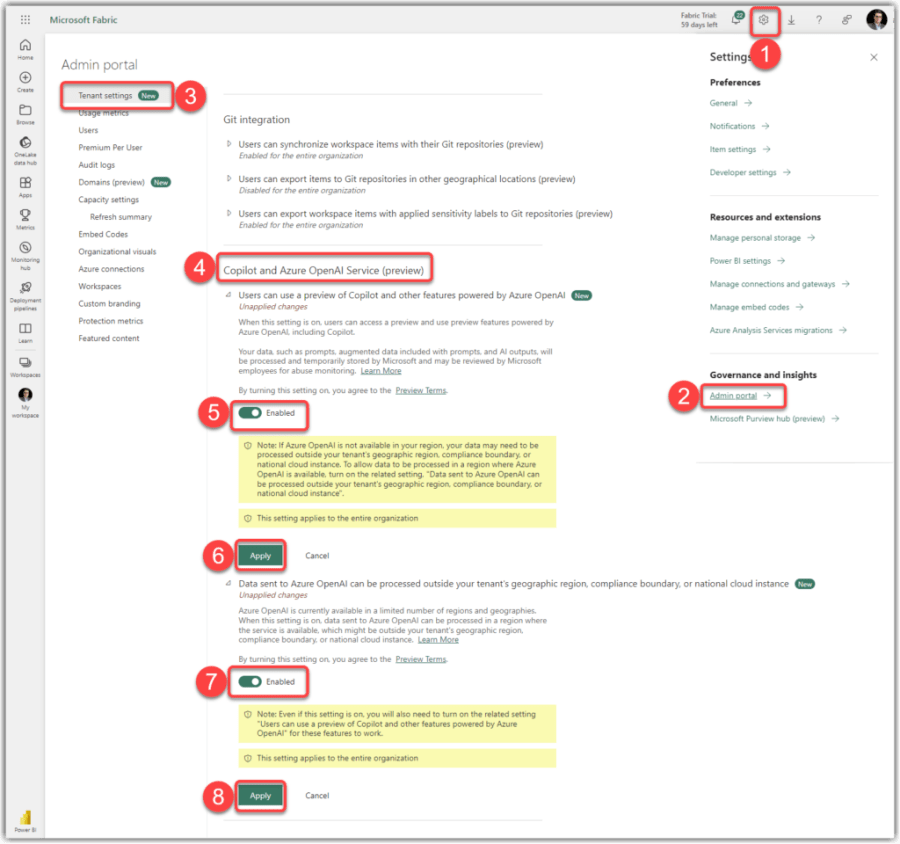
In March 2018, I wrote a blogpost called Four Different Ways to Find Your Power BI Desktop Local Port Number. Last week, Zoe Doughlas from Microsoft left a comment reminding me of a fifth method to get the port which encouraged me to write this quick tip. Thanks to Zoe!
As the name suggests, the blog was about finding Power BI Desktop’s local port number. If you do not have any clue what I mean by local port number, I strongly suggest reading that blog.
This blog focuses on yet another method that wasn’t available back then. Indeed, it is a new feature added to the October 2023 release of Power BI Desktop. This is a Quick Tip so let’s jump straight to the topic and learn how we find the port number (and more) in Power BI Desktop (Oct 2023 and later releases).
Prerequisites
As mentioned, this new feature was added to Power BI Desktop’s October 2023; therefore, we must install that release on our local machine. Indeed, the October 2023 release was packed with many other features, including the Model Explorer (the topic of this blog) and the ability to define calculation groups directly in Power BI Desktop. Many of these features are still in preview; hence, they require enabling.
The following few steps explain how to enable Preview Features in Power BI Desktop:
- Open Power BI Desktop and click Settings (the gear icon) from the right pane
- On the Options page, from the GLOBAL section, click the Preview features tab
- Enable the desired features; for this blog, we need the Model explorer and Calculation group authoring
- Click OK
The following image shows the above steps:

Depending on the selected features, you may need to restart your Power BI Desktop to allow them to enable.
Looking at the above image, some of you may ask “Soheil, are you using an older version of Power BI Desktop?” and I am glad you asked. The answer as always is “It depends”. And, this time it depends on the timing of writing this blog which is early December 2023, and the fact that Power BI Desktop November 2023 was released a couple of weeks ago, therefore, Power BI Desktop October 2023 is kind of OLD! And, YES! I installed Power BI Desktop Nov 2023 for the sake of writing this blogpost.
Continue reading “Quick Tips: Find Power BI Desktop Local Port Number with Model Explorer”


